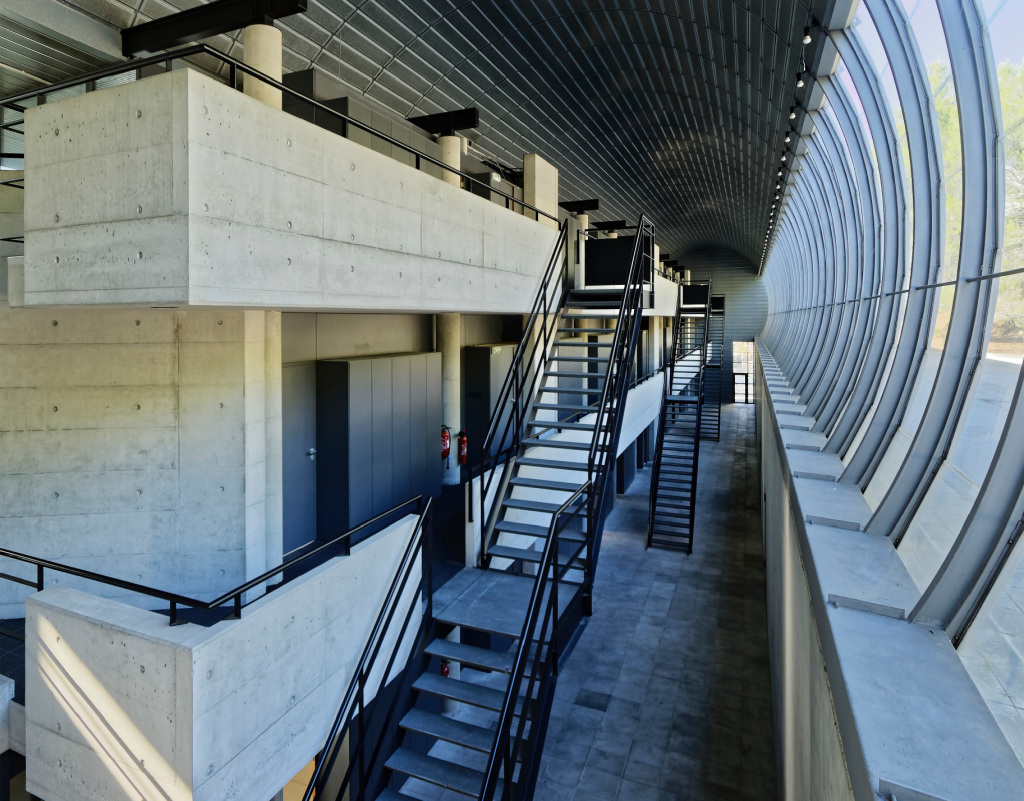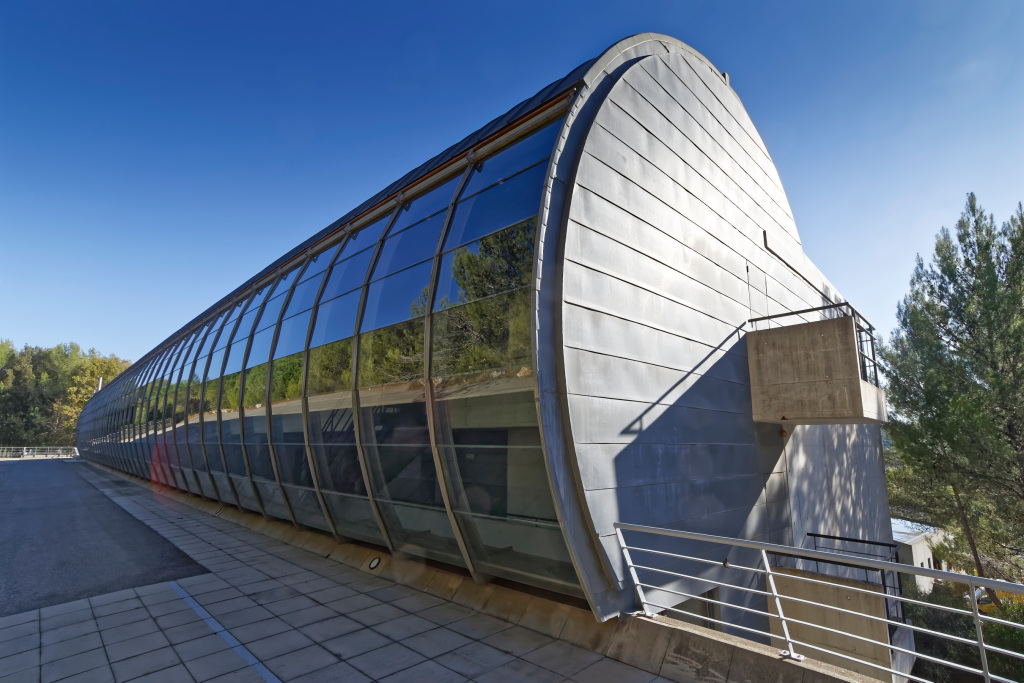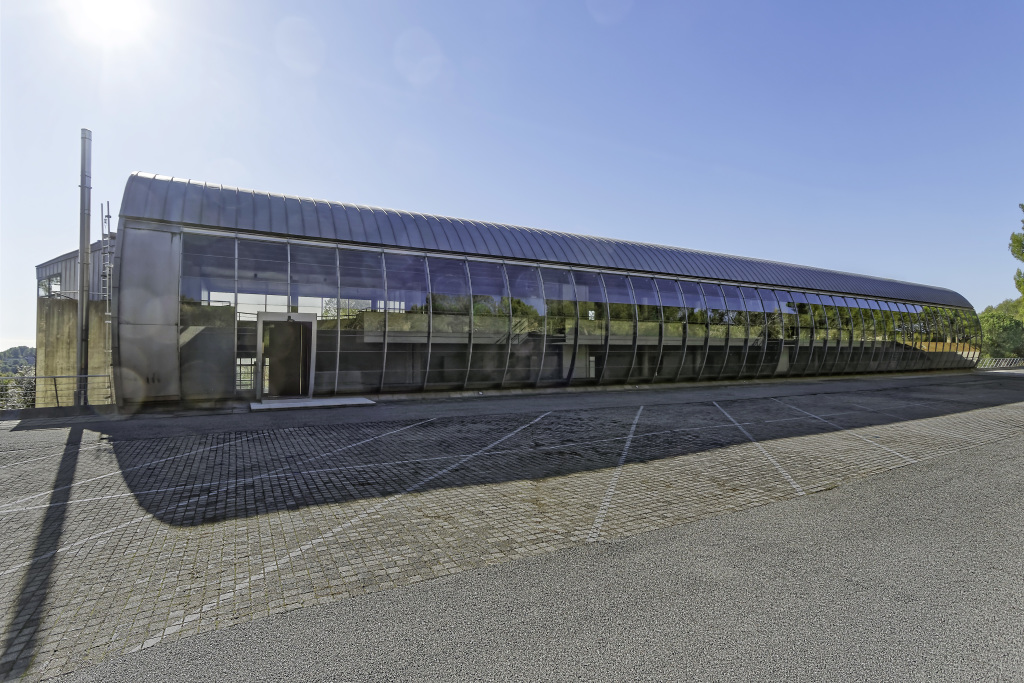Mercedes-Benz adds to its global network of Advanced Design Centres. In 2018, the brand with the star will open a new Center in France’s “Silicon Valley” on the Côte d’Azur. With its Centre in the Sophia Antipolis Science and Technology Park, Mercedes-Benz is strengthening the creative and innovative potential of its global design network, which, using specialised skills, keeps track of trends around the world while allowing new ideas from different continents and cultures to feed into automotive design. Some 50 designers from every discipline will help to endow the brand and products of Mercedes-Benz with unmistakable and timeless forms. With the new Centre on France’s Mediterranean coast, Mercedes-Benz is making a return to one of the birthplaces of the brand. It was in 1899 that Emil Jellinek, a business man resident in Nice, took part for the first time in car races on the Côte d’Azur under the pseudonym “Monsieur Mercédès”, the first name of his daughter Mercédès. In 1902, Daimler-Motoren-Gesellschaft (DMG) registered “Mercedes” as a protected trademark.

New working and creative methods will also be used on the Côte d’Azur. Flat hierarchical and decision-making structures, flexible working in time and space as well as a high degree of interdisciplinarity and international networking are intended to meet the requirements of holistic design in the digital age. With new formats, it is hoped that, within a short time, complex issues will be addressed and action-driven results achieved.

Mercedes-Benz opens new Advanced Design Centre

Mercedes-Benz opens new Advanced Design Centre

Mercedes-Benz opens new Advanced Design Centre
“With the new Design Centre in France, we are systematically expanding the ‘creative spaces’ for our worldwide design network. Having Design Centres around the globe means that we are at home everywhere in the world, and that we are constantly working and living in the future. Going forward, we aim to place even stronger emphasis on the development of strategies and visions for sustainable mobility as well as fascinating customer experiences in every dimension,” says Gorden Wagener, Chief Design Officer Daimler AG. “The new Advanced Design Centre is a strategic milestone in the realisation of our design philosophy of Sensual Purity. We are creating new ideal working environments in which our designers and their ideas can enjoy plenty of freedom,” adds Wagener.
The Advanced Design Centre near Antibes will be the new home of the designers in France. With a length of 50 metres and a width of 20 metres, the cylindrical structure lies embedded in a pine forest. Concrete and glass dominate the building’s clear-cut architectural lines. Thanks to all-round glazing, all the rooms are flooded with soft, Mediterranean light – ideal working conditions for the designers. Covering an area of over 3000 square metres, the structure provides around 50 designers with room in which to work. All the relevant disciplines of Mercedes-Benz Design will be represented there: from conventional exterior and interior design to digital and UI/UX design, which is becoming ever more important in times of autonomous driving and human-machine communication.
New working and creative methods will also be used on the Côte d’Azur. Flat hierarchical and decision-making structures, flexible working in time and space as well as a high degree of interdisciplinarity and international networking are intended to meet the requirements of holistic design in the digital age. With new formats, it is hoped that, within a short time, complex issues will be addressed and action-driven results achieved. In this way, the Design Centre will also provide an important impetus for continuously advancing the Mercedes-Benz design philosophy of Sensual Purity as well as setting trends with new artistic ideas.
The new Advanced Design Centre is situated in the middle of the Sophia Antipolis Science and Technology Park, France’s “Silicon Valley”. Established in 1969, it is today home to around 36,300 employees of the approximately 2,230 companies on the 2400-hectare site, including Amadeus, SAP, Huawei, Hewlett Packard, Bayer, Thales.
“The key future pillars for the automotive industry, “Connected”, “Autonomous”, “Shared & Services” and “Electric Drive”, have long since become a fixed part of our design organisation,” explains Gorden Wagener, Chief Design Officer Daimler AG. “At our new location, we will act like seismographs, tracking the trends and requirements between the digital and analogue worlds and integrating them in our automobiles in an interconnected way. The new Centre will be a perfect enabler of interdisciplinary cooperation between all design disciplines and will be unique in the sector,” adds Wagener.
The network of Mercedes-Benz Advanced Design Centres
The Mercedes-Benz Design team’s daily work centers on evolving vehicles which only see the light of day many years down the road. Their colleagues at the Advanced Design Center journey even further into the future, drawing on global trends and taking up new ideas from other continents and cultures.
Globally, Mercedes-Benz has set up several Advanced Design Center, which pick up the newest trends at local level, analyzing them and applying them to the creative process. In this way they act as detectors, as it were, for trends in areas such as art, culture and architecture. In particular, this involves intuitively picking up on developments which might be suitable for incorporation into timeless design and acquiring an instinct for important, lasting trends. These Centers provide important input to drive the ongoing development of the Mercedes-Benz design philosophy of Sensual Purity and to apply new design ideas with the aim of establishing trends which will continue to give a Mercedes‑B enz a sensual and aesthetic character in the future without betraying its roots and its brand identity.
The global network of Mercedes-Benz Design includes several Advanced Design Centers with the new center in France on three continents: in the US, in Europe and in Asia. In these creative centers, automotive, fashion and industrial designers as well as graphic designers, modellers, tailors and 3D specialists work together in a networked and interdisciplinary manner. In doing so, the new center in France has the role of Creative Lab, the nucleus of new working methods and processes.
“French Connection” – a link steeped in tradition
The choice of location for the new Design Centre also marks a return to the roots of the Mercedes-Benz brand, as, alongside Mannheim and Bad Cannstatt, Nice was one of the cradles of the brand. Almost 120 years ago, it was the businessman and marketing strategist Emil Jellinek who promoted “horseless” Daimler automobiles among the highest circles of society in his adopted home, which, at that time, was a meeting place for the “Haute Volée” of France and Europe, especially in winter. His customers included the Rothschild family and other well-known personalities. But Jellinek’s plans went further: as early as 1901, he was selling powerful Mercedes cars in the New World as well, including to US billionaires Rockefeller, Astor, Morgan and Taylor.
Apart from his talent as a salesman, Jellinek was an enthusiastic racing driver. At a race in Nice in 1899, Jellinek drove under the pseudonym “Monsieur Mercédès”, a way of concealing the competitor’s real name which was perfectly usual in those days. Mercédès was the name of his daughter. The race ranks as the hour of birth of the Mercedes-Benz brand. Already in 1900, Daimler automobiles sported the name “Daimler-Mercedes”. At the Nice racing week in late March 1901, the cars bearing the Mercedes name then showed a large audience what they could do: with four first- and five second-place finishes, the Daimler vehicles were in a class of their own – whether in the long-distance race, the hill climb or the mile race. The following year, the name “Mercedes” was registered by Daimler-Motoren-Gesellschaft (DMG) worldwide as a protected trademark.





